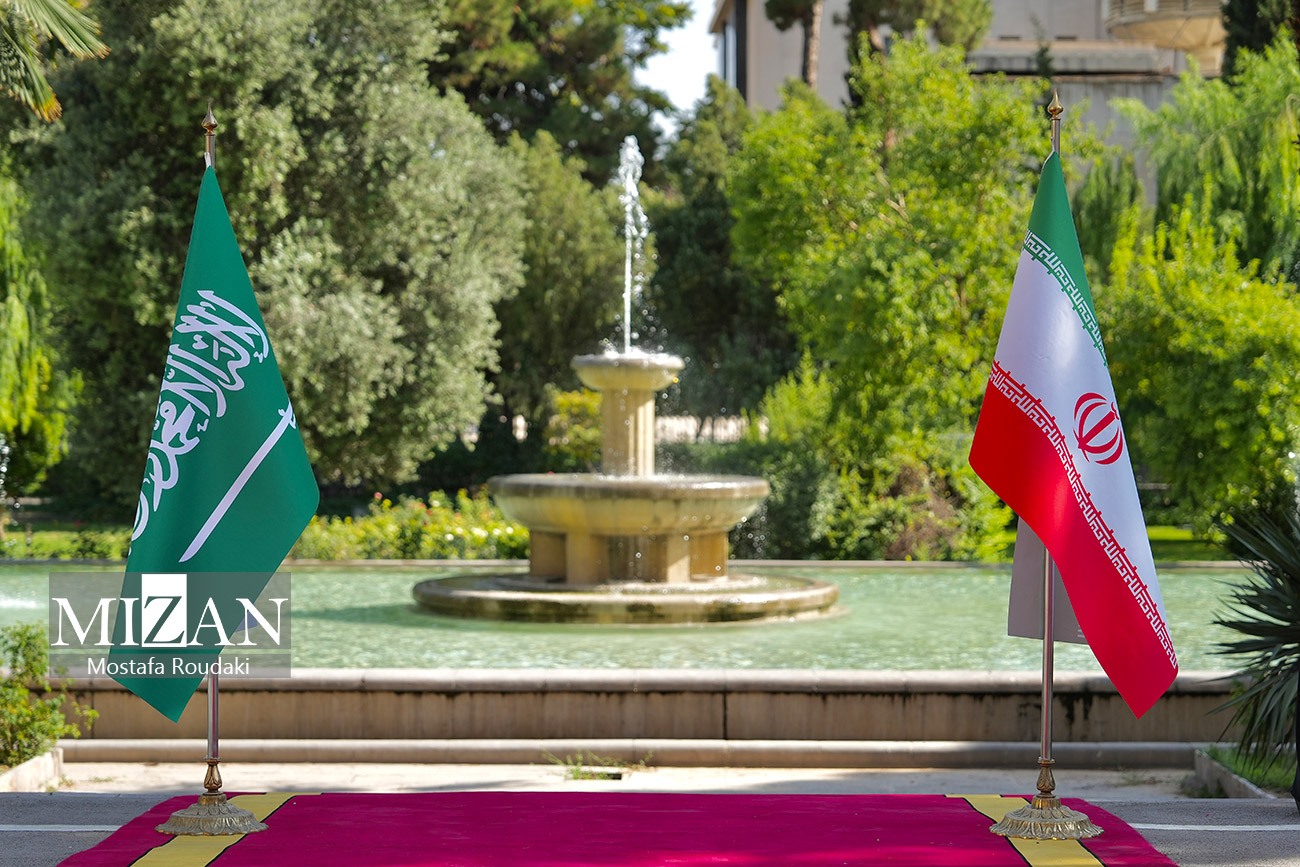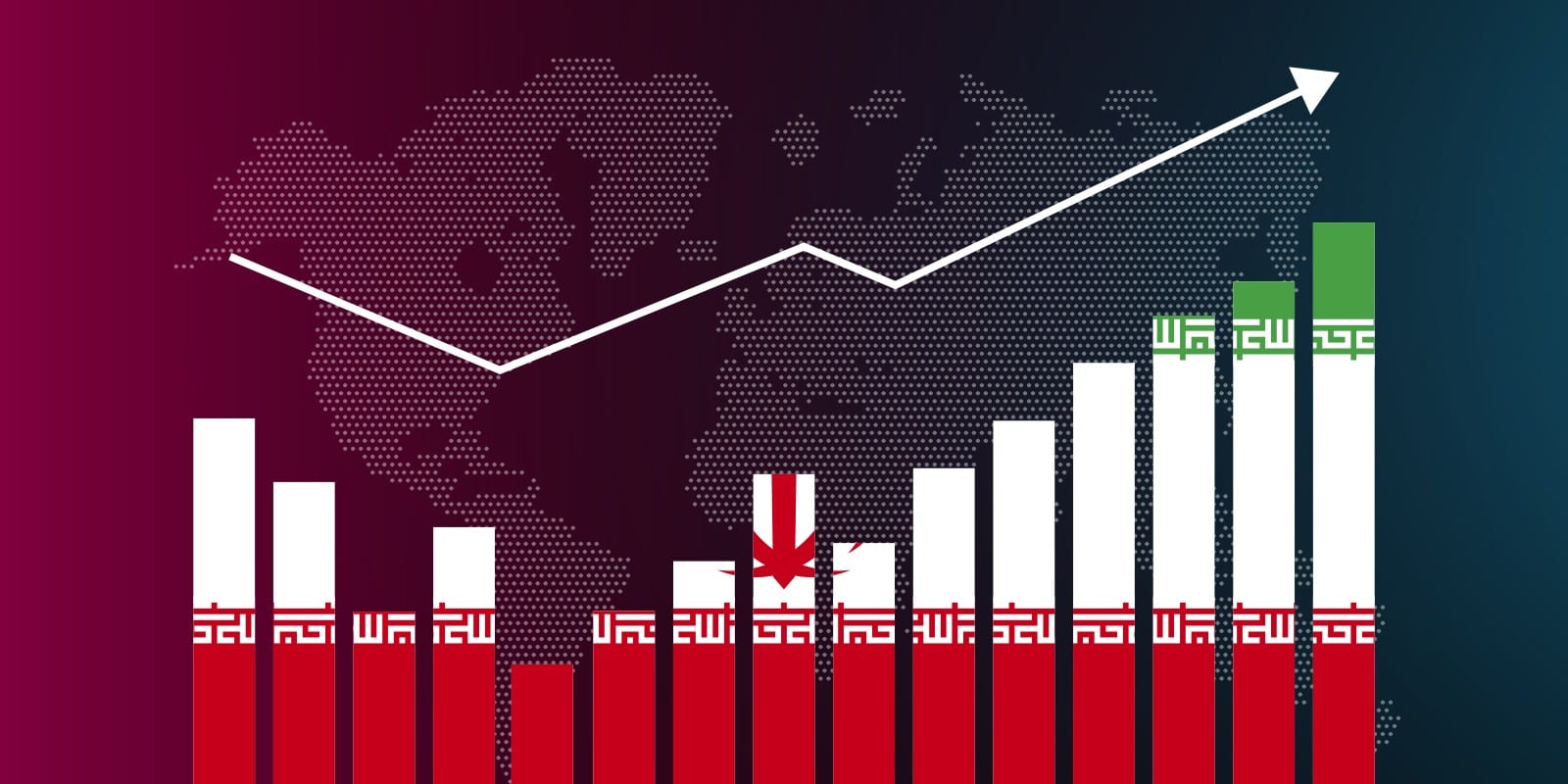When we talk about countries and their standing on the world stage, it’s often interesting to consider what truly makes them tick, economically speaking. Iran, a nation with a deep history and significant regional influence, presents a rather unique economic picture that many folks might find surprising, perhaps even a little complex at first glance. It’s a place where different economic ideas seem to mix, and where the government plays a pretty big role in how things get done, which is something to keep in mind, you know?
You know, when you think about Iran, one of the first things that often comes to mind is its vast energy resources, and rightly so. This country holds a truly remarkable share of the world’s proven oil and gas reserves, making it, in a way, a powerhouse when it comes to energy. This natural wealth, very naturally, has a huge bearing on the overall size of Iranian economy and its place in the global picture.
But there’s a whole lot more to the size of Iranian economy than just oil and gas, as a matter of fact. We're going to explore what makes this economy tick, from its diverse sectors to its place among global economic players, and even some of the challenges it faces. It’s a story of growth, change, and some real hurdles, too, which is interesting to consider.
- Robert Downey Jr Death
- Emilio Esrevez
- Kendal Jenner Pregnant
- Who Are Libra Most Compatible With
- Katie Sigmond Nudes
Table of Contents
- What Shapes the Size of Iranian Economy?
- How Big is the Size of Iranian Economy, Really?
- What Challenges Face the Size of Iranian Economy Today?
- Beyond the Numbers - What Else Impacts the Size of Iranian Economy?
What Shapes the Size of Iranian Economy?
A Blended Economic Picture for the Size of Iranian Economy
Iran’s economy is, in some respects, a bit of a blend. It’s often described as a planned system, but with a good deal of private activity mixed in, too. A very significant part of it is run by the government, which shapes a lot of what goes on. You see, it’s not just about one thing; there are several big areas that contribute to the overall size of Iranian economy. We're talking about things like the stuff that comes from oil and gas, of course, but also farming, and all sorts of services people use every day.
Beyond those, there's also a noticeable amount of factory work and financial services, which are also pretty much guided by the state. It’s interesting to note that over forty different kinds of businesses have their shares traded on the Tehran Stock Exchange, which tells you that there’s a fair bit of activity happening there, even with the government's strong presence. So, it's a pretty diverse setup, actually, that helps define the size of Iranian economy.
The Energy Heartbeat of the Size of Iranian Economy
When you look at the raw numbers, it’s clear that energy is a huge piece of the puzzle for the size of Iranian economy. This country is sitting on about ten percent of the world’s confirmed oil deposits and a full fifteen percent of its gas reserves. That’s a truly massive amount, and it certainly places Iran in a very strong position when it comes to global energy matters. It’s why people often think of Iran as a major player in the energy world, and that makes a lot of sense, too, when you consider these figures.
- Is Bradley The Golfer Married
- 1916651646173532614 Fdpdablizz998
- Danielle Cohn Nude
- Early Home Computers
- Maddox Chivan
This natural abundance of oil and gas isn't just a number; it means that the sale and production of these resources are a central part of the nation's economic life. It brings in a good deal of money and influences many other parts of the economy. So, in a way, the sheer volume of these resources acts as a powerful engine for the size of Iranian economy, driving a significant portion of its overall wealth and activity.
How Big is the Size of Iranian Economy, Really?
Measuring the Size of Iranian Economy - GDP Figures
Let's talk about the actual numbers that help us get a sense of the size of Iranian economy. According to official figures from the World Bank, the total value of all goods and services produced in Iran, what we call the Gross Domestic Product or GDP, was around 436.91 billion US dollars in the year 2024. To put that into perspective, that particular amount represents about 0.41 percent of the entire global economy, which gives you a pretty clear idea of its proportion on the world stage, in a way.
Now, if we look back a couple of years to 2022, the size of Iranian economy was even more striking. With a GDP that year reaching about 1,616 billion dollars, Iran actually stood as the 21st largest economic force across the globe. This means that, at that time, Iran’s economic output was greater than that of 173 other countries, which is quite a significant achievement, honestly. These figures are often looked at in different ways, like nominal terms or in terms of purchasing power, and the World Bank has been keeping track of these estimates for a long time, going back to 1960 for nominal figures and 1990 for purchasing power figures.
A Look Back at the Size of Iranian Economy
To really appreciate the current size of Iranian economy, it helps to glance back in time a little. Think about 1977, which was, you know, the last somewhat "normal" year before the big changes of the revolution began in 1978. Back then, Iran’s economy was quite a bit larger than some other nations that are now considered major players. It was, in fact, about 26 percent bigger than Turkey’s economy at the time. Furthermore, it was a solid 65 percent larger than Korea’s economic output, which is pretty remarkable when you consider Korea's growth since then.
And if you want another comparison, the size of Iranian economy in 1977 was nearly five and a half times the size of Vietnam’s economy. These historical comparisons really show how much things can shift over the years for countries, and they give us a sense of Iran’s past economic standing. It’s just interesting to see how the economic landscape has changed, isn't it?
What Challenges Face the Size of Iranian Economy Today?
Economic Headwinds and the Size of Iranian Economy
While we've talked about the impressive aspects of the size of Iranian economy, it’s also important to acknowledge that it's currently going through a rough patch. This period of difficulty shows up in some pretty basic economic signs. For example, there are very high levels of inflation, which means that the cost of goods and services is rising quite quickly. At the same time, the economy isn't growing as much as one might hope, which is a concern.
Another indicator of this tough period is the value of the Rial, Iran’s currency, which has been losing its worth. These factors combined create a picture of an economy facing some real headwinds. Despite these challenges, it’s worth noting that the country's real GDP growth rate did see an increase in 2023, reaching 5.04 percent, up from 3.78 percent in 2022. This figure, as a matter of fact, is higher than the world average of 3.43 percent for that period, based on data from 184 countries. Historically, Iran's average growth rate from 1961 to 2023 has been around 4.06 percent, so there's a history of movement there, you know?
Beyond the Numbers - What Else Impacts the Size of Iranian Economy?
The Unseen Parts of the Size of Iranian Economy
Beyond the formal figures and visible sectors, there are other aspects that play a part in the true size of Iranian economy. For instance, there's a concept known as the "shadow economy," which basically refers to economic activities that are not officially recorded or taxed. A study aimed to figure out the size of this shadow economy in Iran, using a specific method called the Multiple Indicators Multiple Causes (MIMIC) approach. This kind of research helps paint a more complete picture of all the economic activity happening, whether it's official or not, which is pretty fascinating, if you think about it.
Moreover, Iran’s overall standing in Western Asia is also shaped by things beyond just its economic output. Its energy industry, as we’ve discussed, is a big factor, but so are its military capabilities and its religious influence. These elements combined mean that Iran is seen as one of the leading forces in the region, which, you know, certainly has an indirect effect on the perception and reality of the size of Iranian economy. It’s all connected, really, when you consider how countries interact on the global stage.
Related Resources:



Detail Author:
- Name : Mr. Kayley Kassulke Sr.
- Username : esteban78
- Email : efriesen@yahoo.com
- Birthdate : 1978-02-18
- Address : 11863 Vandervort Ville Apt. 159 New Krystel, NE 56467
- Phone : 1-407-302-5529
- Company : Lubowitz, Schmidt and Zieme
- Job : Head Nurse
- Bio : Omnis exercitationem totam molestias porro. Reprehenderit quas tenetur sapiente dolorum modi eaque dolores. Accusamus aperiam ut quidem. Accusantium blanditiis quam ut fugit ab consequatur sed.
Socials
tiktok:
- url : https://tiktok.com/@sophie.zboncak
- username : sophie.zboncak
- bio : Dolores optio pariatur ea voluptas quasi.
- followers : 5200
- following : 1196
twitter:
- url : https://twitter.com/szboncak
- username : szboncak
- bio : Quas omnis corrupti voluptates culpa facilis et quis. Incidunt recusandae velit nemo at.
- followers : 4805
- following : 1561